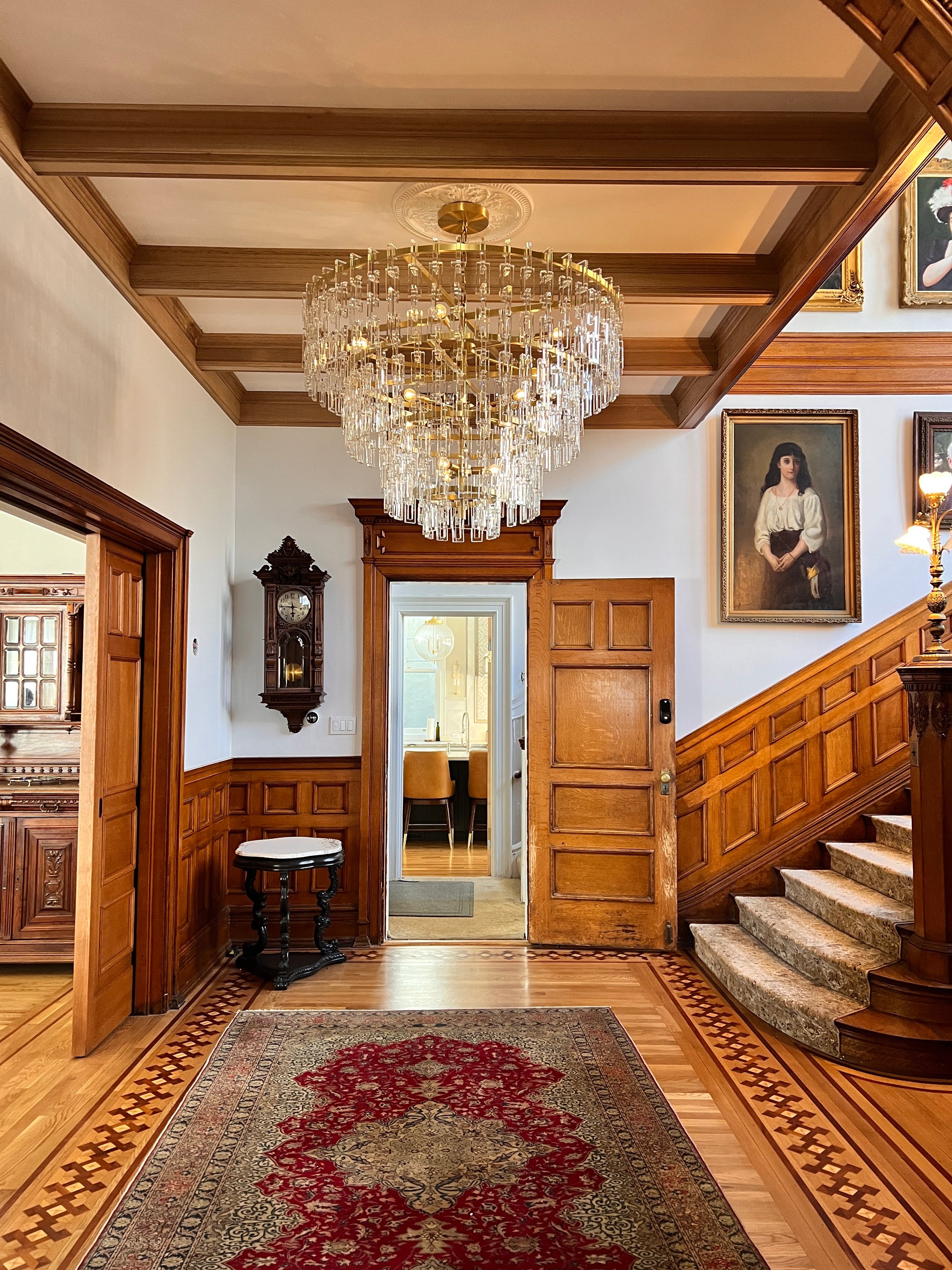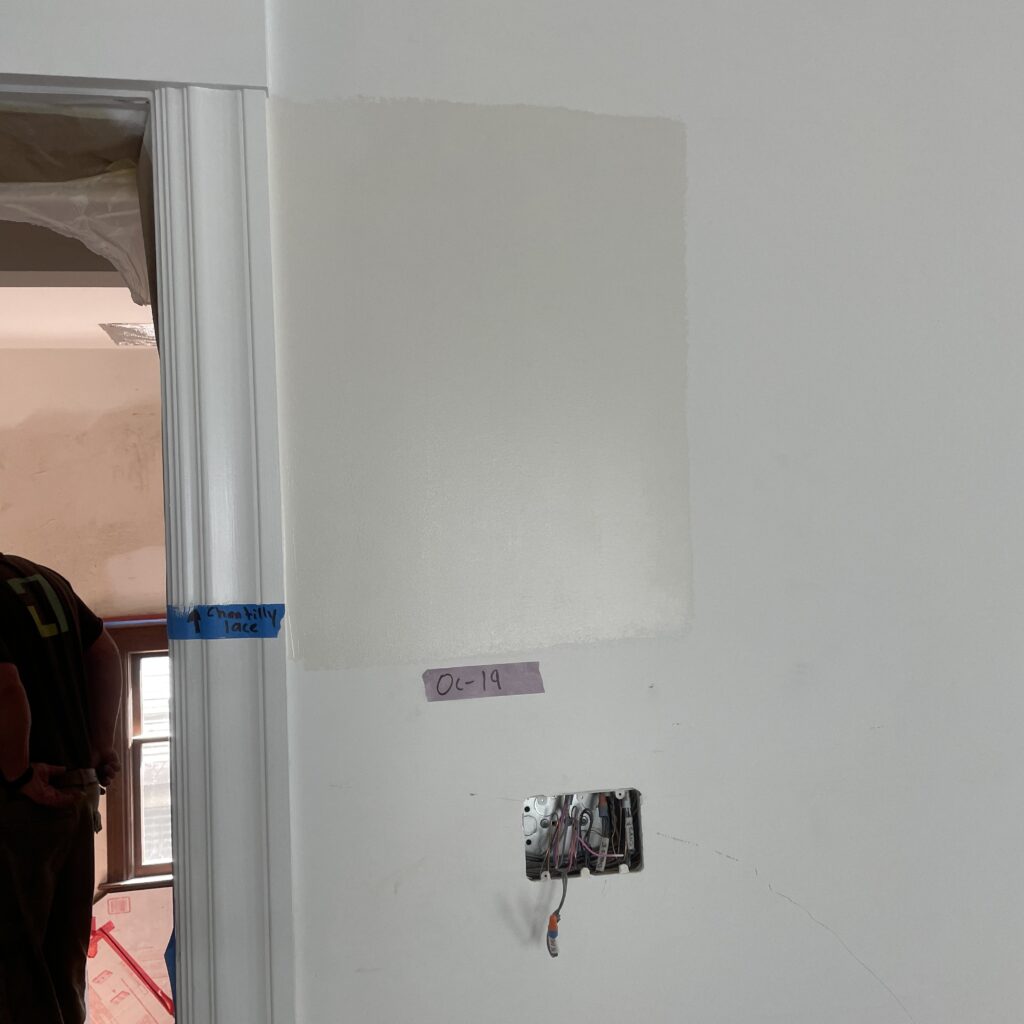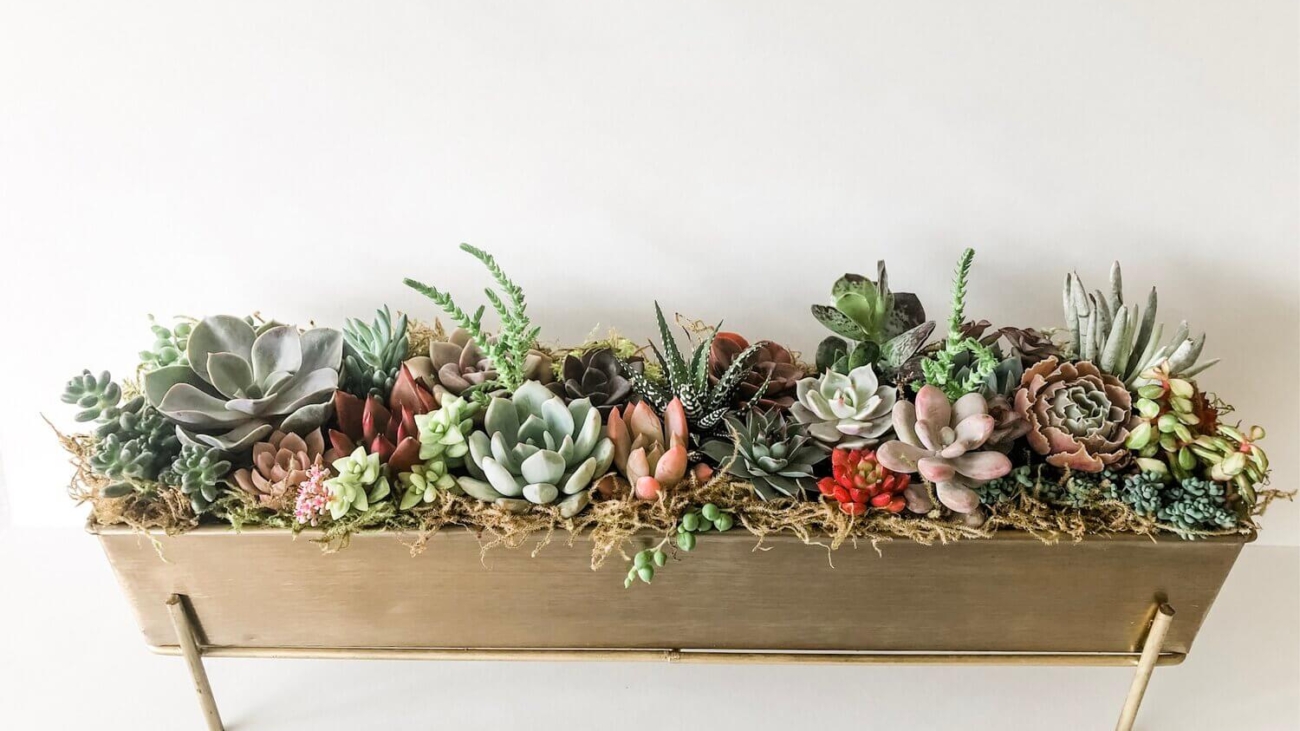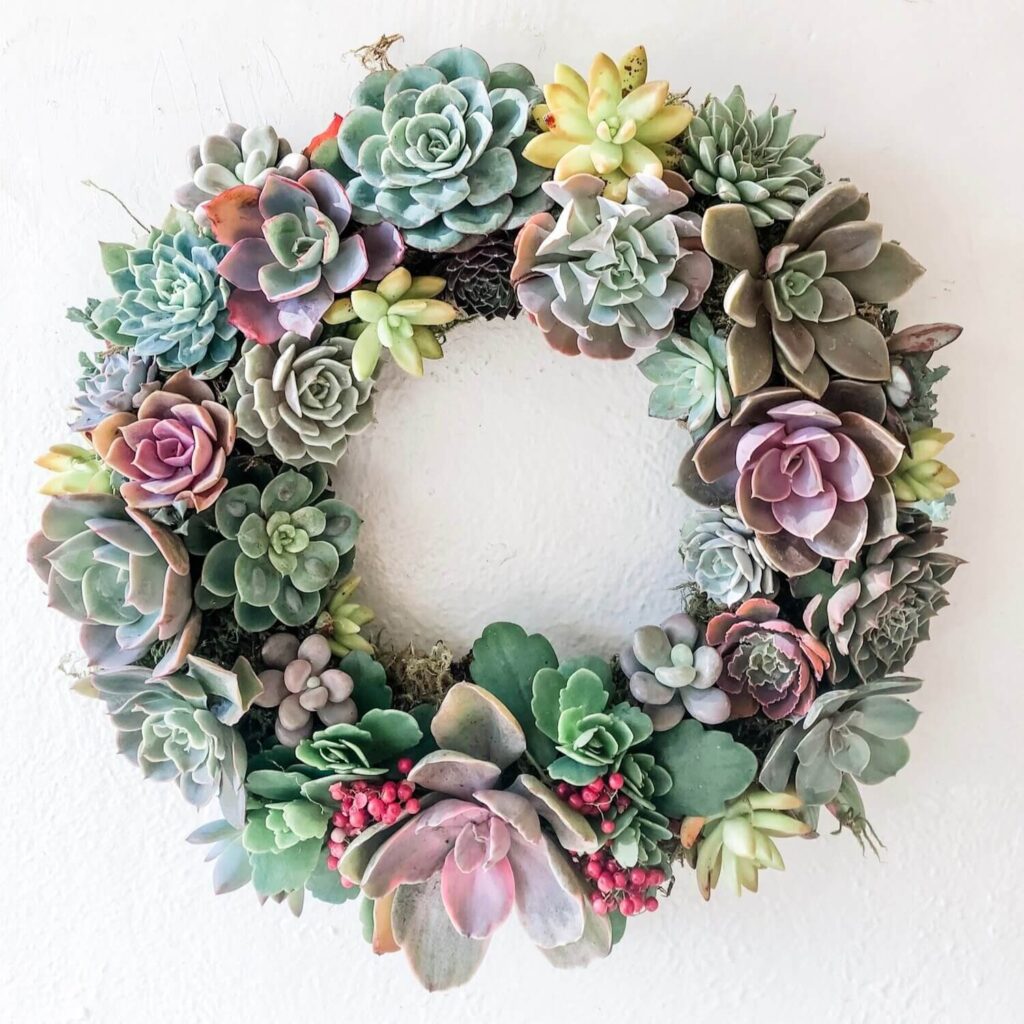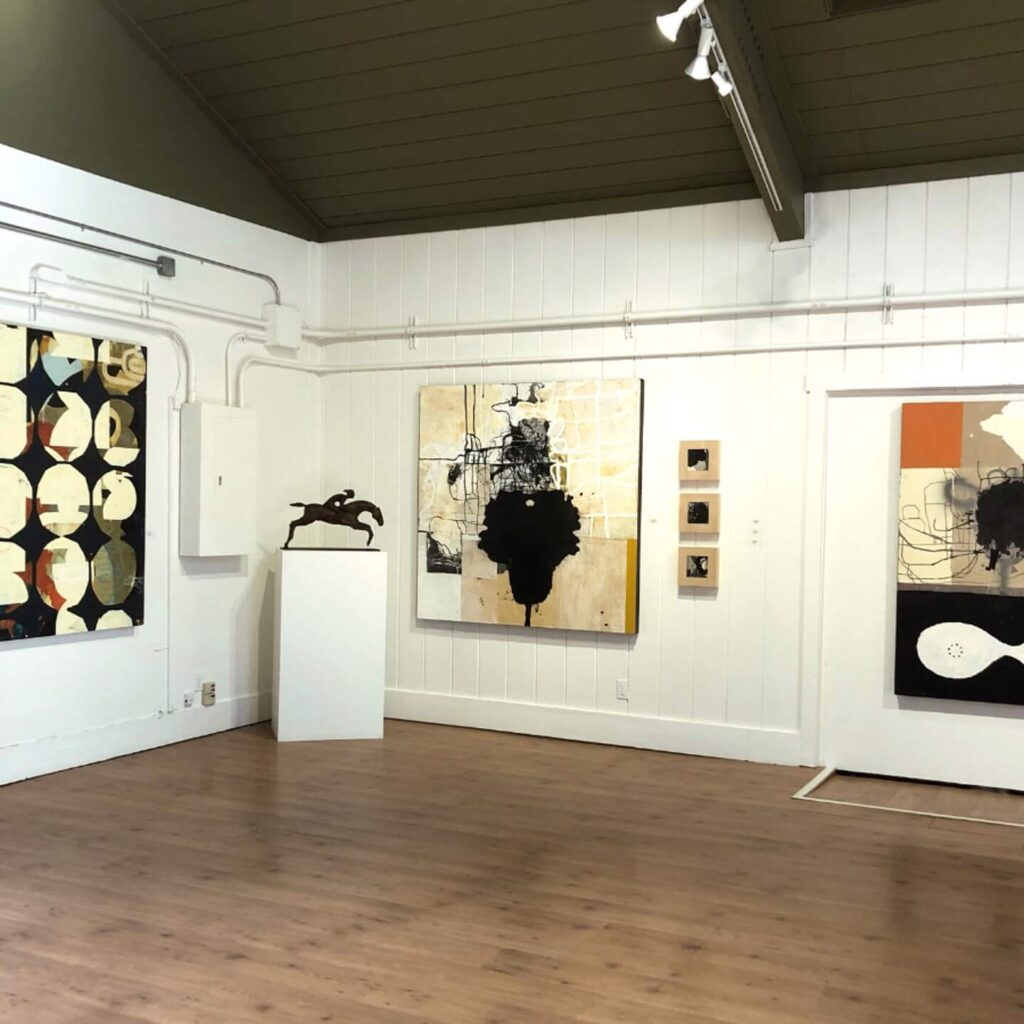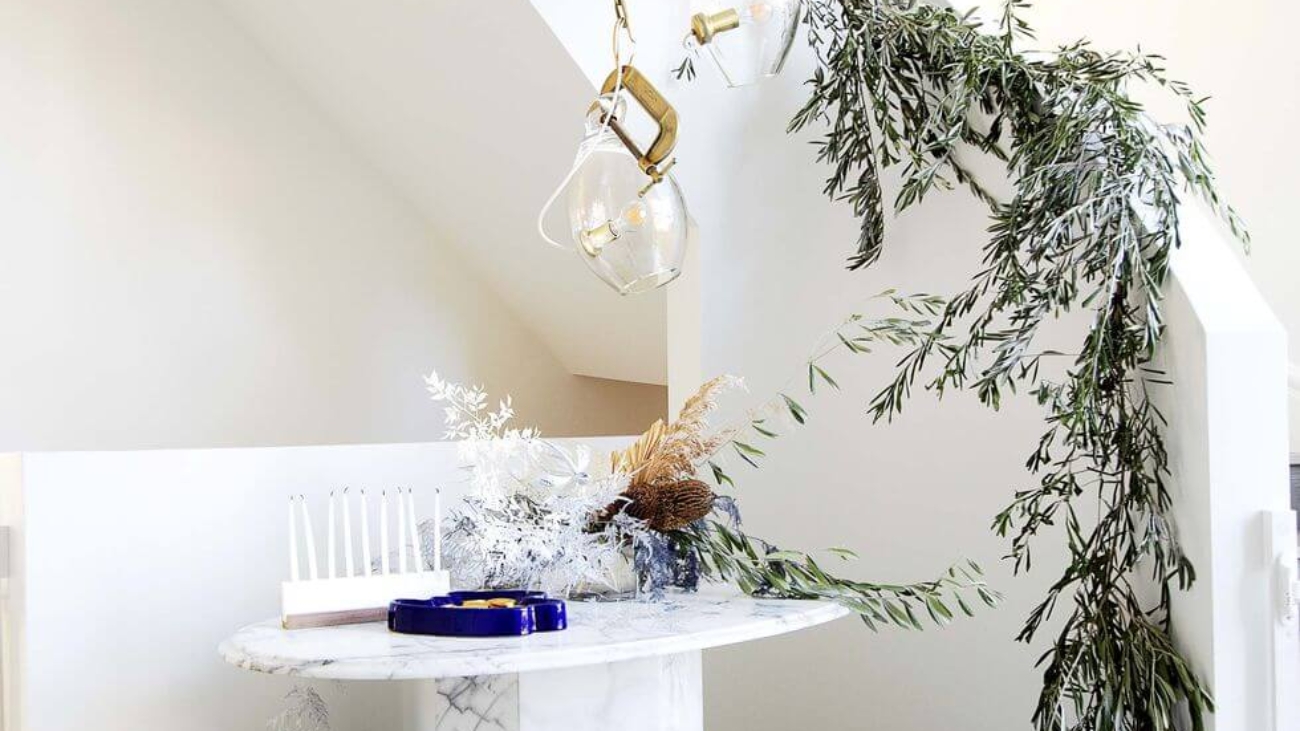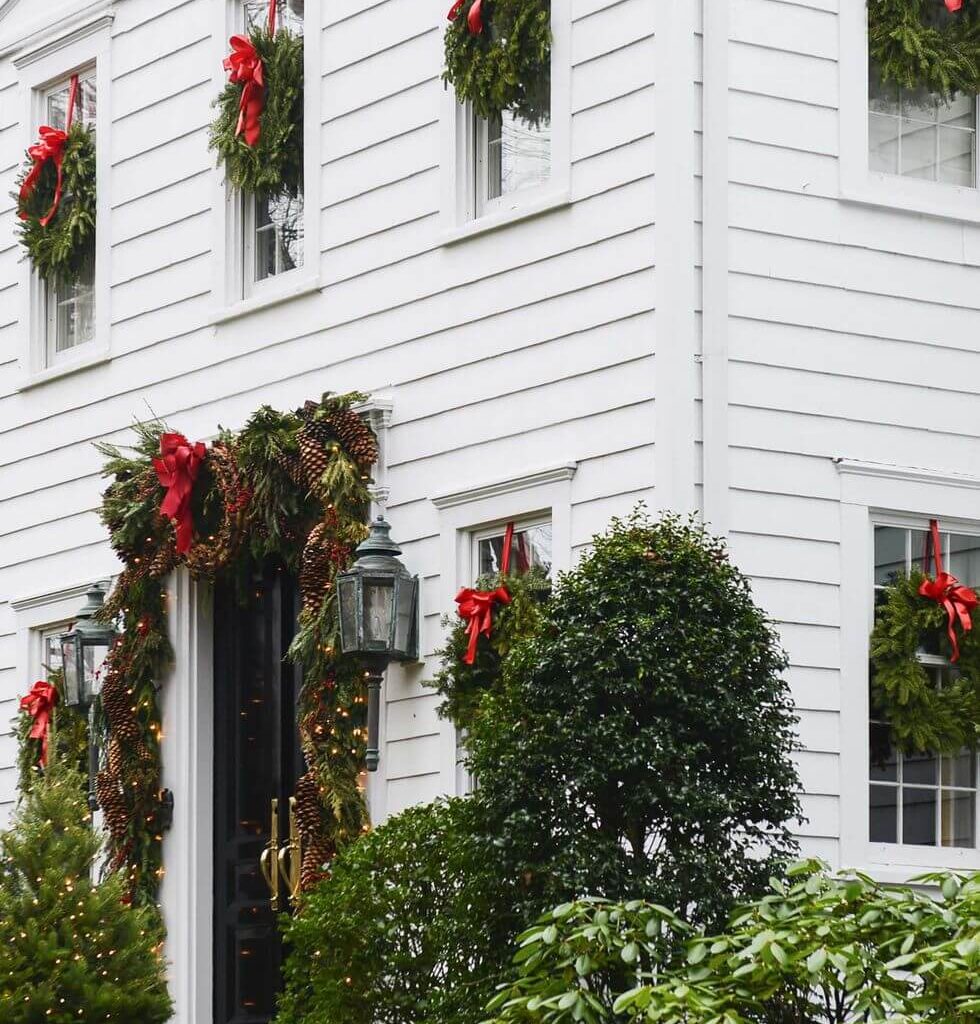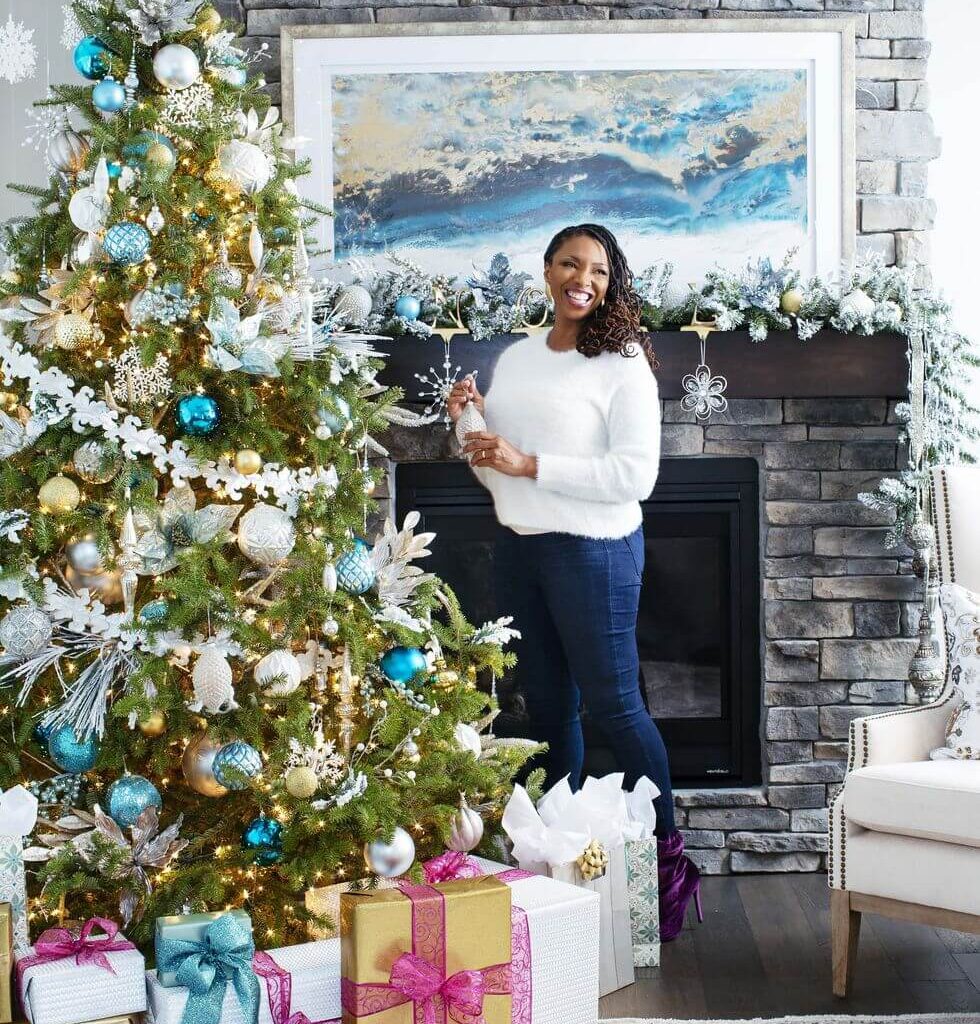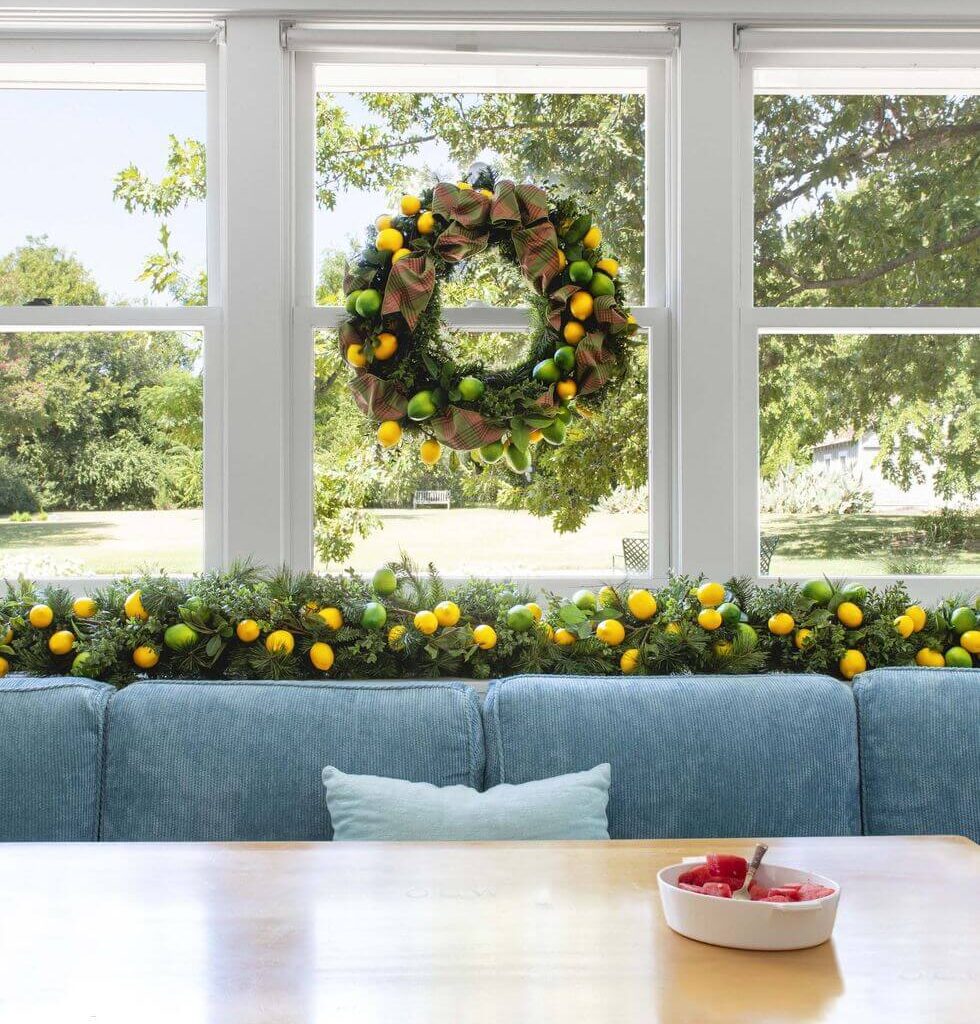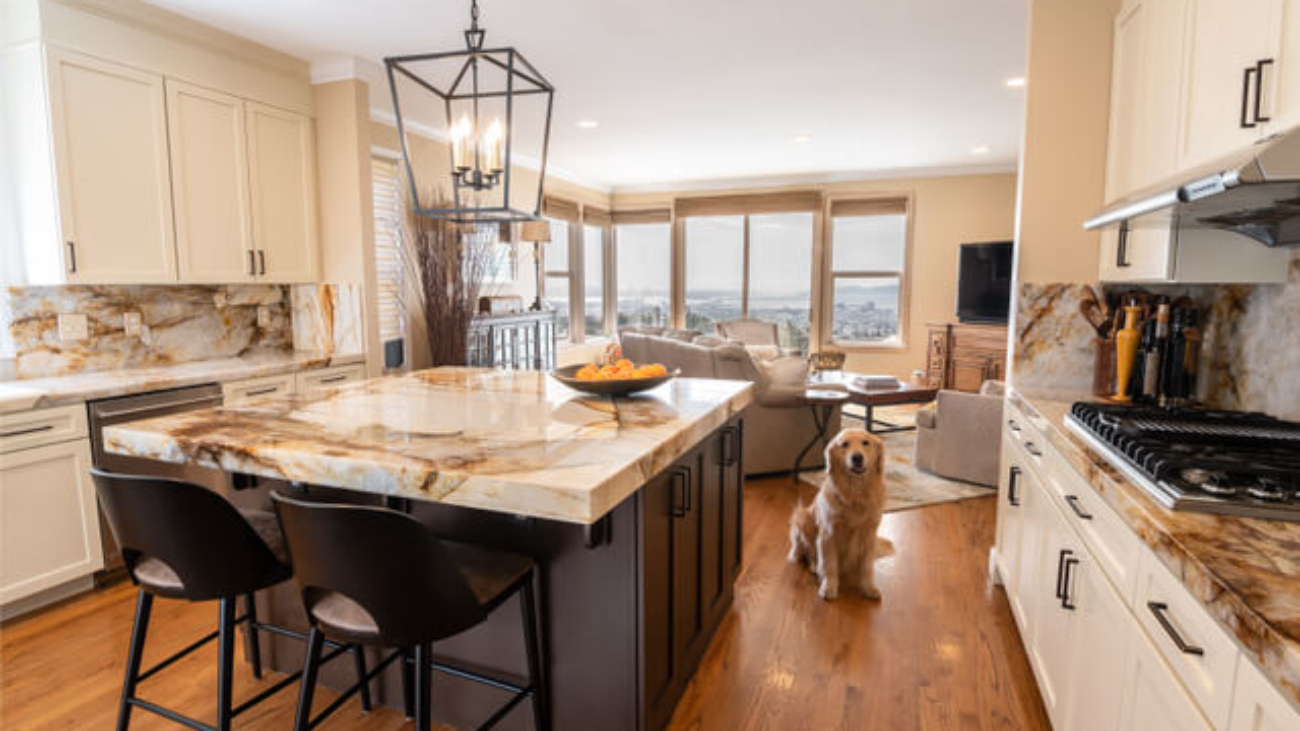By Laura Martin Bovard
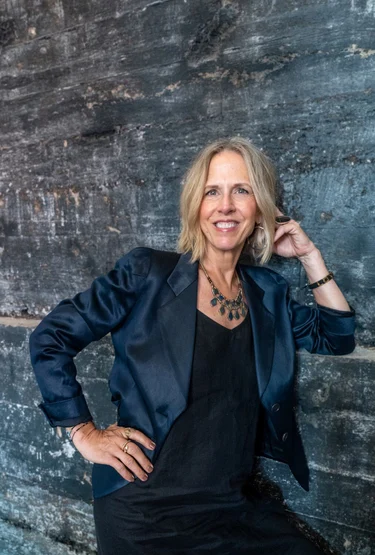
Arana has been fortunate to partner with many talented interior designers in the Bay Area and our long-term relationship with Laura Martin Bovard and LMB Interiors (lmbinteriors.com) is a standout in this regard. It is our pleasure and joy to contribute our team’s craftsman skills to realizing the visions in Laura’s projects, many of which are transformations of architecturally-significant older homes into gorgeous, playful, and inviting environments for the modern families moving into them. We asked Laura to share with our community her thoughts on creating balance between the two forces, old and new; how she approaches adding beauty and enhancing liveability – while touching on some of the recent projects we’ve worked on together for her clients.
When I first arrive at a client’s home, I greet the space, the landscape, and the architecture, as if they are their own entities. My next step, if it is an architecturally significant home, is to assess the original craftsmanship. I always intend to maintain the original details, the quality that went into the building of the home.
And then there’s so much more than what meets the eye to consider: There is soul and lived-memory infused into the space, whether from previous owners or the original craftspeople who built it, or both. The history and the stories of how people moved through and lived in a home are woven into its walls and play a part in the way a home feels and looks; just as the new homeowners will add their story.
I’m such a firm believer that stories are how humans weave together their existence across lifetimes. And historic homes carry a soulfulness that new homes just don’t. Historic homes cure over time; there’s a richness to them. A certain level of groundedness. You can imagine who else was staring up at that ceiling 80 years ago. The passage of time in a given space is something that’s fun to contemplate; doing so furthers one’s connection to it.
We greet the soul of the home to be reverential toward the original quality craftsmanship, because legacy homes, historic homes, are almost always built better and with more integrity than what’s built now. A lot of the woodworking was more detailed; you are not going to see a lot of that level of quality and attention these days.
However, when we begin an interior design project, we want to consider who’s living there today. And if they really want to infuse a totally different aesthetic onto this home, we will necessarily walk a line between honoring the clients and honoring a home.
Most clients today don’t want to be surrounded by a lot of ornate, heavy velvets and dark colors. They tend to prefer a lighter, fresher palette. And so we find ways to bring in some of that without tipping the scale too far toward one direction or the other – the direction of the original architecture or the direction of the client. That’s the conversation we are having. It’s a very thoughtful process.
%20for%20web.jpg?width=770&height=513&name=Morse%20House%20Entry%20LMB%20Interiors%202019_10_29_0548b%20(1)%20for%20web.jpg)
Project: Hollywood Regency
When people buy an estate home, there is a certain amount of stewardship that comes along with it. In particular, our “Hollywood Regency” project demonstrates this. The homeowners – a couple – see it as the community’s home as much as it is their home. They throw parties often, fundraising for civic entities and causes, including Oakland Parks and Rec, Fairyland, and organizations that impact education for Oakland’s youth, plus political fundraising, supporting Barbara Lee and other East Bay politicians.
Their home, known as The Morse House, is on the list of historical landmarks in Oakland, and it is just stunning. The house set the tone. These clients had a passion for local art, so it was fun to weave their love of it into the designs. Their aesthetic was their own version of what’s known as “Hollywood Regency,” which harmonized with the home being so grand. Hollywood Regency style reached its height of popularity in California between the 1920s and 1950s, so playing with this historical sensibility in this landmark home built in 1934 felt just right.
%20for%20web.jpg?width=1500&height=1000&name=Morse%20House%20Living%20Room%20LMB%20Interiors%20alt%20view%202019_10_29_0323%20(1)%20for%20web.jpg)
We brought in bright colors in the furniture and art, with plenty of jewel tones, while keeping walls neutral. We needed painters who understood how to perform a high-quality job on such a significant home, so of course we teamed with Arana Craftsman Painters.
Some wood features needed to be sanded down and prepped really well to maintain the provenance of the craftsmanship; you can’t just throw a new coat of paint on top of the original wood! The process requires skilled painters who can achieve clean edges and leave it in a good state for either the next homeowners, or the next paint job 20 years down the road. It has to age well. Having a clean, expert, professional paint job keeps the level of quality congruent with a historical home, ensuring the home is maintained with that sense of stewardship and respect. This kind of attention takes a certain level of investment, but it’s longer lasting, looks better, and celebrates the house.
Project: Piedmont Craftsman
A lot of people buying historic homes today are not only far younger than the structures themselves, but also they potentially have not been exposed to legacy homes before. And so the question becomes, how do you integrate a home with history with the needs of a younger family? In this case, the family that purchased this Craftsman estate were certainly worldly and appreciated quality, but we wanted the interior to reflect their style which was more playful, more energetic, a little bit more fresh.
One technique we used was color. We enlivened certain areas: the kitchen, the sitting area, the solarium, and the little library with a lighter palette, while maintaining the original kind of grand Craftsman quality of the manor in select other areas throughout the home.
But then there were the very grand touches that were not part of the original architecture to contend with. One set of the home’s previous owners had been Italian, and the owners after them inherited their design additions, which skewed towards a rather heavy-handed Italianate look. These next owners layered in some Asian touches, per their taste. And so, in working with the home and its history for our clients, ultimately, we needed to peel the layers back to restore the original, timeless, tasteful Craftsman elegance.
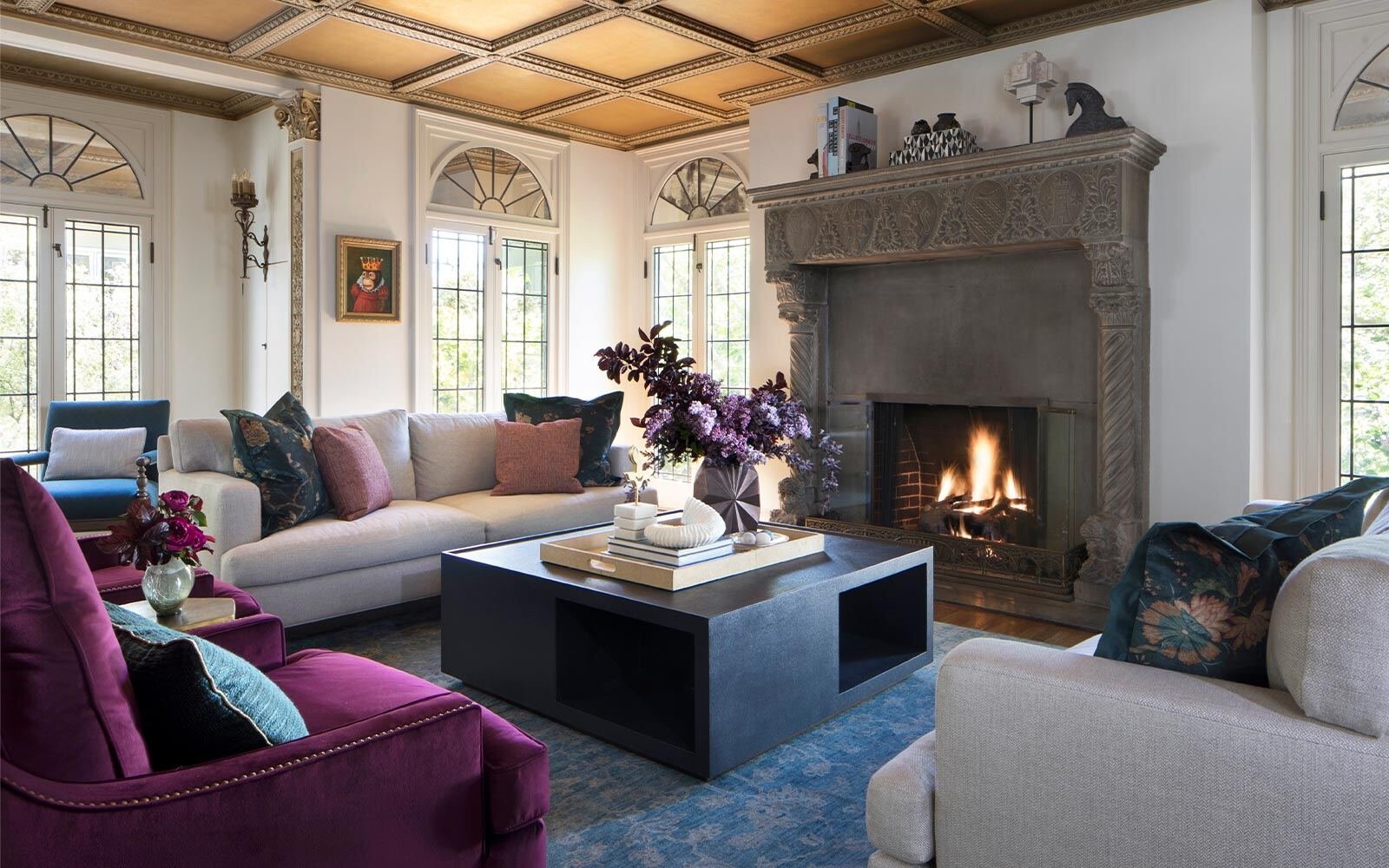
Some of the layers we liked, and those we kept. For example, we all agreed that we enjoyed the spirit of the Italianate fireplace. And we liked the more-recently-added tile details and flooring in the solarium, because it felt appropriate for a sunroom to have that. In the dining room, we also kept the ornate ceilings, just touching up and refreshing them. We left that original, very grand application, while choosing to temper the impact with a natural woven grasscloth wallcovering, thus connecting the room in spirit to adjacent, lighter areas of the house.
Project: Maybeck Craftsman
For this Maybeck Craftsman that had been purchased by very discerning clients, the work was going to involve a very specific challenge: restoring and/or replacing huge areas of redwood paneling – a key design element in Maybeck homes. We knew we needed an expert team, because we needed every detail to be flawless. So of course, this project called for Arana’s “stainmaster” Ernesto and his team.
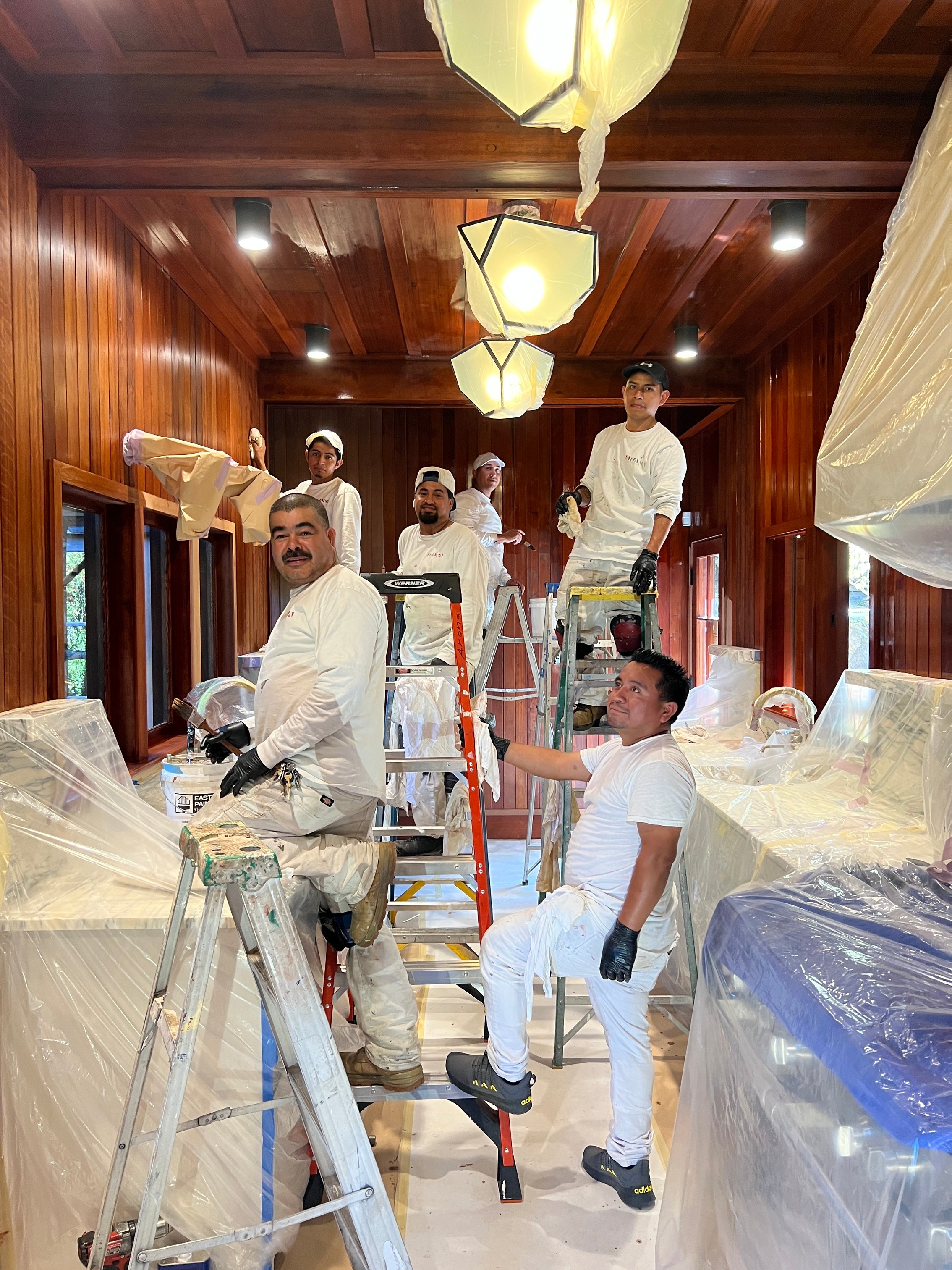
Color matching the stain from old redwood to new redwood is a challenge, and in this situation, after decades of life, curing, sunlight, et. al. – let’s just call it “50 shades of brown-and-red.” It is a massive undertaking to have new wood look like it was there all along, and to freshen, clean, and care for the old wood at the same time so that it will continue to serve. It’s an art. Color matching it all took many rounds of mixing to get right, and in the end, the results were exactly what the home needed.
Stewardship Is a Relationship
Historic homes and modern families and the design that brings them together is a relationship benefitting from exquisite listening, understanding, respect, communication, and connection. Like any good marriage, each partner affirms and appreciates the strengths the other brings to the equation. Good design is like a marriage counselor, helping the parties to maintain their unique qualities in some areas and choosing where to blend in others; ultimately creating something greater than the sum of their parts.
________
Photo credits:
Morse house: Mo Saito; Piedmont Craftsman: Paul Dyer; Arana Team: Laura Martin Bovard



